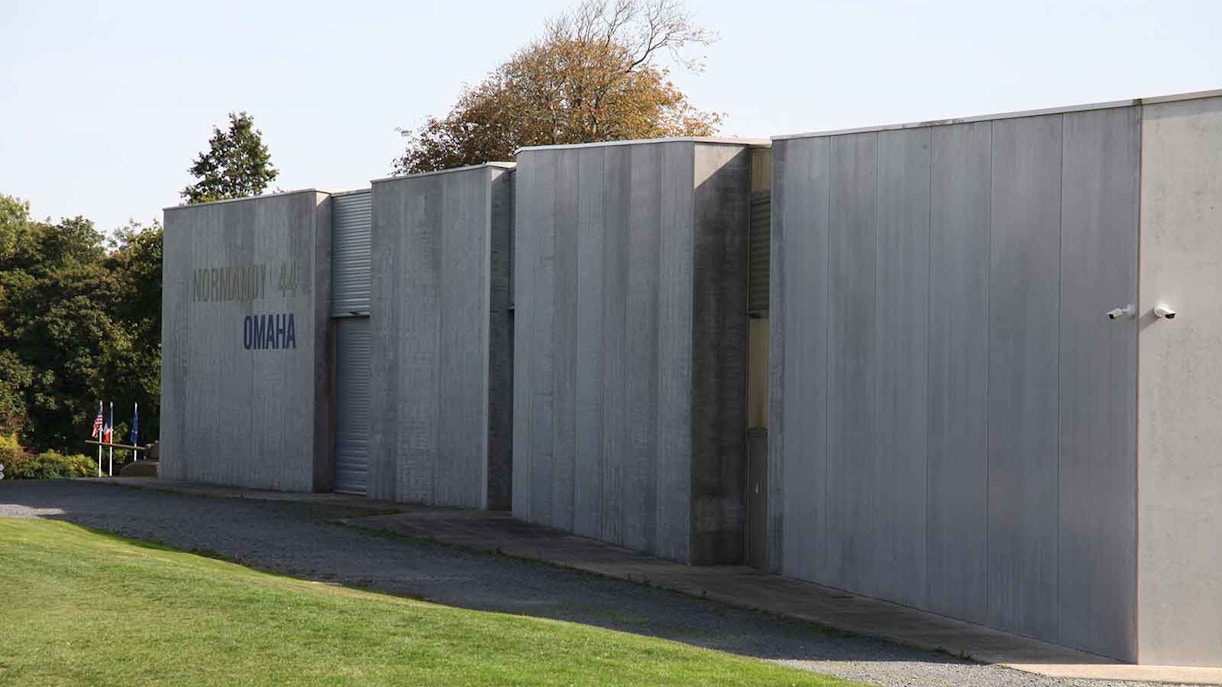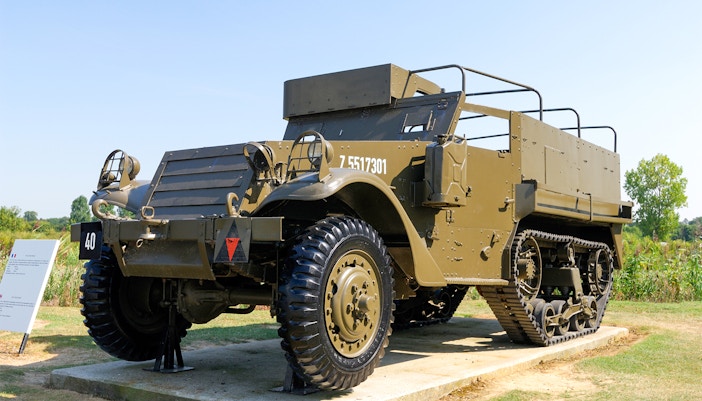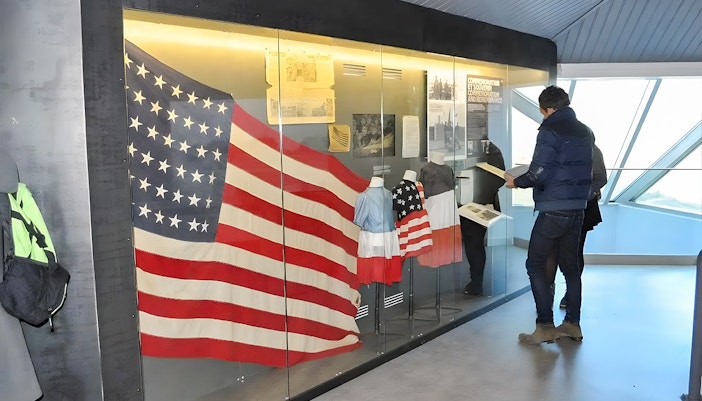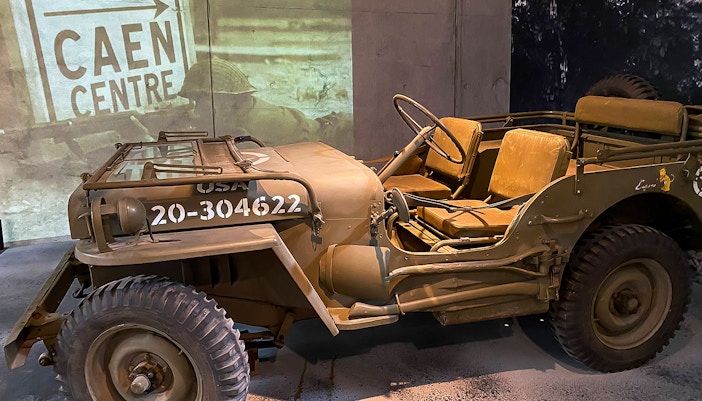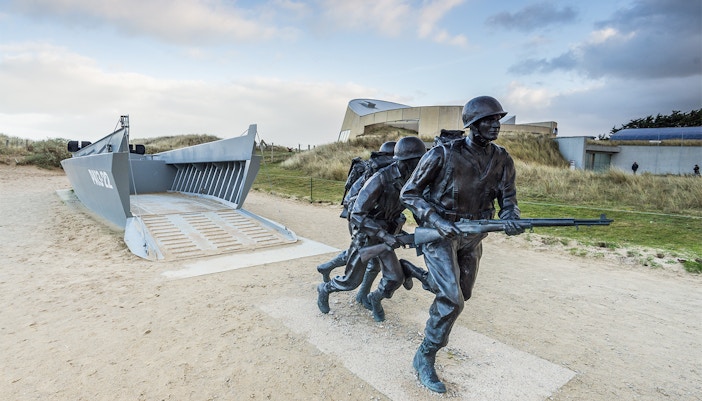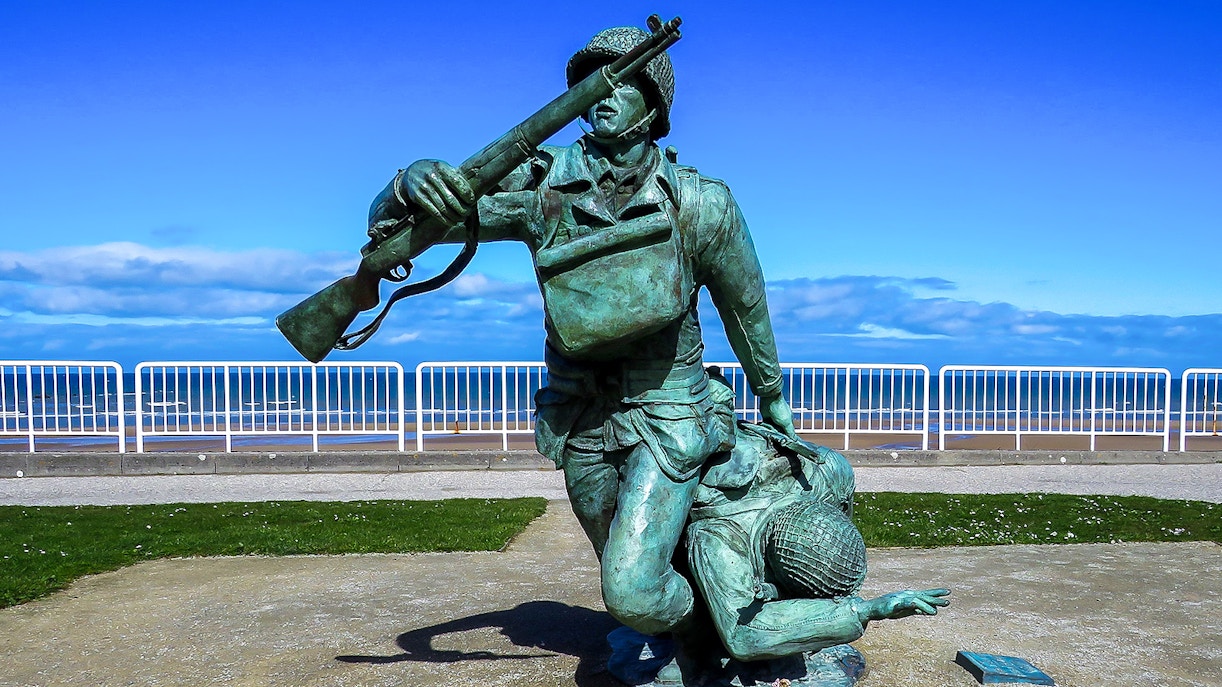Named after Operation Overlord, the Allied invasion of Nazi-occupied Europe that began on D-Day — this museum started as one man's quest to preserve history. In the aftermath of World War II, the Normandy countryside was littered with abandoned military equipment and war relics. Michel Leloup, born in 1929, witnessed the Battle of Normandy as a teenager and began collecting these remnants in the late 1940s. What started with the discovery of a German semi-tracked tank in a sawmill grew into a lifelong passion for preservation.
Over three decades, Michel and his son Nicolas meticulously restored vehicles and gathered artifacts from the hedgerows and fields of Normandy. Their collection first found a home in Falaise, in an old cheese factory, but the vision was always bigger. In 2013, the collection moved to its current location near the Normandy American Cemetery, transforming into the Overlord Museum you'll visit today.
